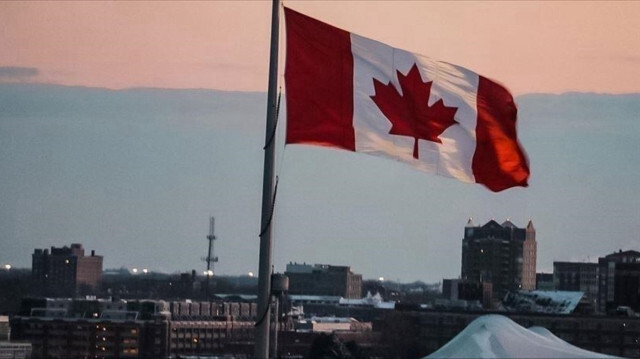Data from air quality monitoring stations showed that the atmospheric level of PM2.5 ranged from 61 to 93 micrograms (mcg) per cubic m in 69 areas of the city.
Any level above 50mcg is considered unsafe as long-term exposure is linked with chronic diseases, including lung and heart problems.
City residents who have difficulty breathing, eye inflammation, chest pain or headaches after going outside should see a doctor, BMA was quoted as saying by The Nation newspaper.
On Tuesday, Bangkok Post reported that the haze pollution in the country has exceeded safe levels in 36 provinces, particularly the north.
Bangkok and its surrounding provinces will remain blanketed in smog for the next two days.
On Monday, Mr Jatuporn Buruspat, the permanent secretary for the Ministry of Natural Resources and Environment, said that PM2.5 levels have remained critical in the north and the north-east for the past week.
This is due to the slash-and-burn activities in forests and farms, with more than 2,500 hotspots found on both sides of the border, he added.
Officials from the Department of Natural Parks, Wildlife, and Plant Conservation, the Royal Forest Department and local officials are struggling to control the blazes.
Satellite images from the Geo-Informatics and Space Technology Development Agency on Saturday showed 6,701 hot spots in Myanmar, 2,583 in Thailand, 2,125 in Cambodia, 1,434 in Laos, 147 in Vietnam and two in Malaysia.
Thai PBS World reported that Thailand’s National Environment Board will meet on March 15 to consider the forest fire and haze problems.
This comes after the Office of the Asean Secretary-General sent a Second Level Alert to all member countries about cooperation to cope with the related problems.
Mr Jatuporn said the alert was issued after more than 150 hot spots were detected in a single day.
Most of the hot spots in Thailand were concentrated in forests, 267 in farming areas, 228 in community areas, 155 on land reform plots and 14 near highways.
The three provinces with the most hot spots were Kanchanaburi (597), Tak (200) and Mae Hong Son (117).












